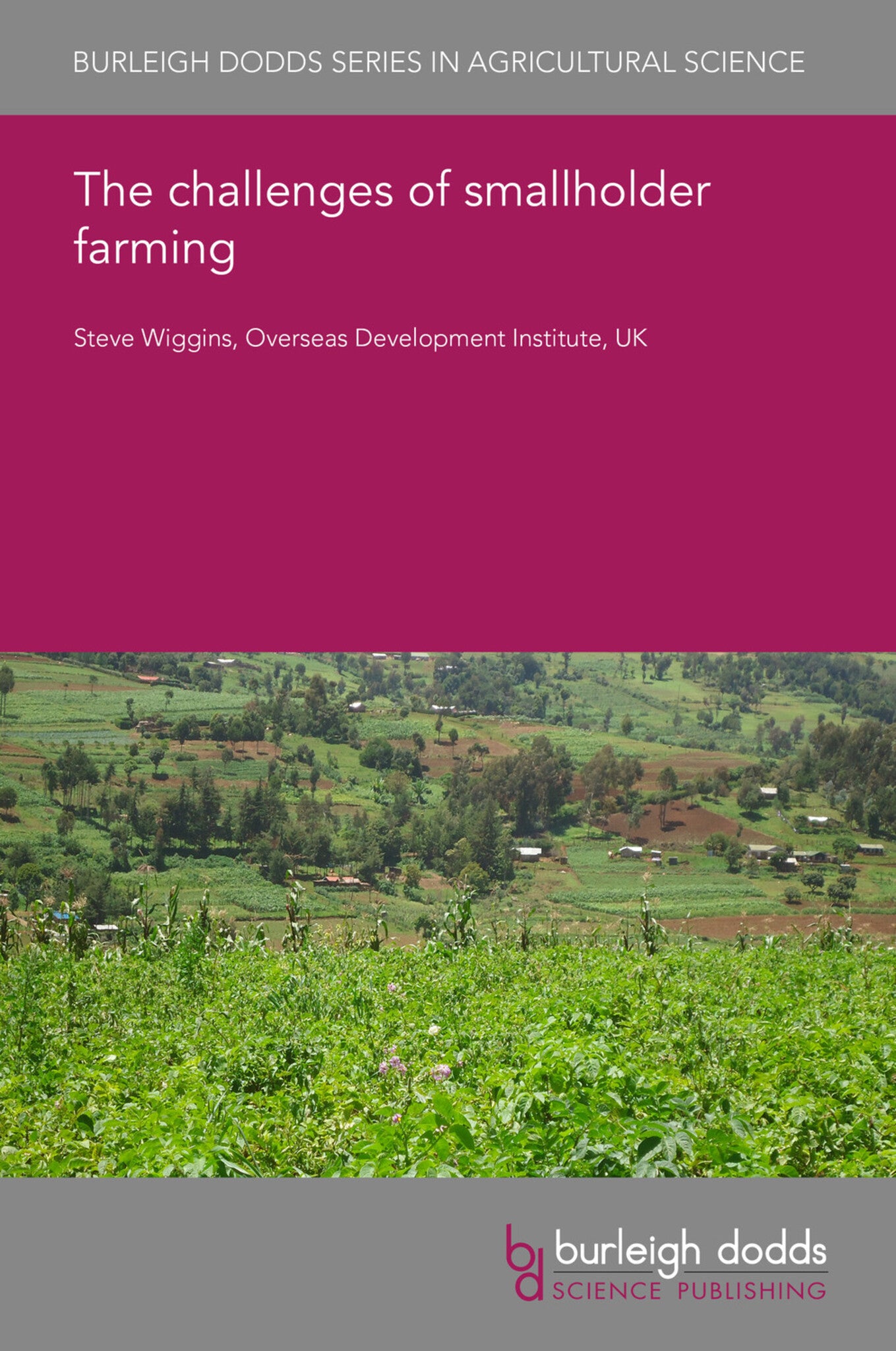We're sorry. An error has occurred
Please cancel or retry.
The challenges of smallholder farming
Regular price
£25.00
Sale price
£25.00
Regular price
£25.00
Unit price
/
per
Sale
Sold out
Re-stocking soon
This chapter starts by discussing the features of small-scale farming, indentifying family management and labour as its hallmark. The considerable differences of geography, economic and social circ...
Read More

Some error occured while loading the Quick View. Please close the Quick View and try reloading the page.
Couldn't load pickup availability
- Format:
-
23 November 2020

This chapter starts by discussing the features of small-scale farming, indentifying family management and labour as its hallmark. The considerable differences of geography, economic and social circumstances among smallholder farms are explored. These suggest that while some smallholdings can provide living incomes for their owner-operators, many cannot, so that small-scale farming in such cases needs to be combined with off-farm enterprise and employment. Small-scale farms face two strong challenges: overcoming failures in markets for inputs and financial services; and meeting the requirements of emerging supply chains. Policies for small-scale family farms are proposed: starting with those that benefit all farmers; then policies applying especially to smallholders; and finally policies for marginalised smallholders. In conclusion, much of what needs to be done to promote agriculture in general and small-scale farming in particular is relatively straightforward and feasible – given political will and funding.

Price: £25.00
Publisher: Burleigh Dodds Science Publishing
Imprint: Burleigh Dodds Science Publishing
Series: Burleigh Dodds Series in Agricultural Science
Publication Date:
23 November 2020
ISBN: 9781786769541
Format: eBook
BISACs:
TECHNOLOGY & ENGINEERING / Agriculture / Sustainable Agriculture, Smallholdings, TECHNOLOGY & ENGINEERING / Agriculture / Agronomy / Crop Science, Sustainable agriculture

1 Introduction 2 Defining small-scale and family farms 3 Differences among small and family farms 4 Challenges faced by smallholders 5 Future trajectories and policy opinions 6 Conclusion 7 Where to look for further information 8 References



